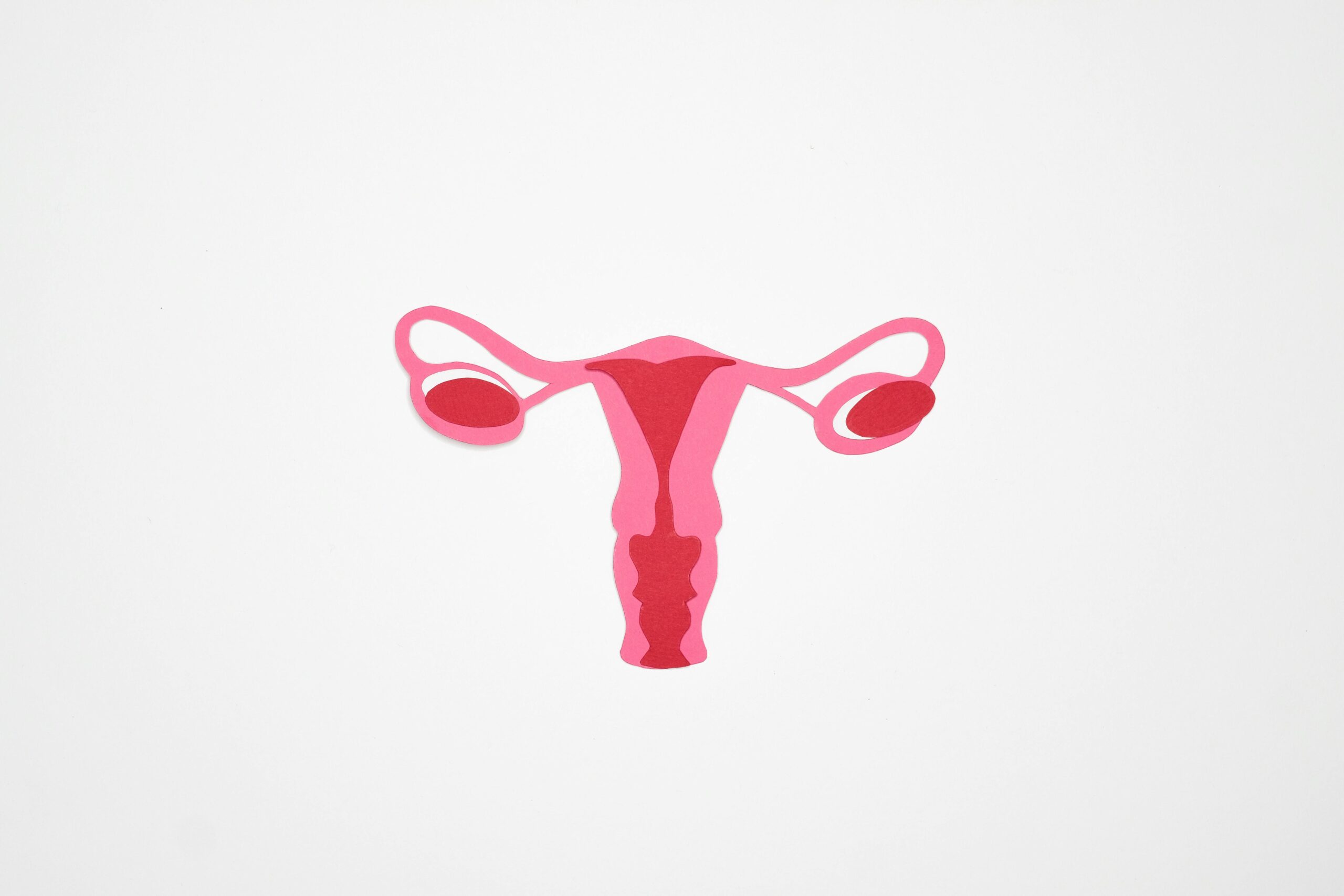
Supplements are a great way of getting all the nutrients your body needs that you may not be getting from your diet. It’s essential that we focus on making sure we have enough vitamins and minerals for our bodies to function as they should, so we can live happily and healthily. But did you know, there are also supplements you can take if you’re looking to enhance your performance at the gym?
There is a range of pre-workouts you can choose from to help you reach your goals. So whether you’re looking for the best multivitamin for women, or a supplement to help you focus in training, there is something to suit everyone. Below, we’ll take a closer look at one of the most prominent substances used in gym supplementation: Creatine.
What are the benefits of supplements?
Supplements are commonly used to increase our intake of certain nutrients and vitamins as a way of keeping our bodies healthy and functioning as they should. There are other types of supplements that can be used for athletes that train hard, or those of us that are looking to improve performance in the gym. Supplements can be taken in many forms, whether you prefer to take them as a capsule, or a powder that you mix into a drink or protein shake.
As well as keeping your body working as it should, some benefits come with taking gym supplements like for example, pre-workout. These supplements can help improve your focus, making it easier for you to concentrate on your workout and your form. They help to give you a boost of energy so you can work out for longer, giving you increased endurance and power, whilst also replenishing electrolytes lost through sweat. Generally, taking gym supplements allows you to get the most from your training session, and helps you to recover more quickly.
What is creatine?
Creatine is commonly used in workout supplements to help improve performance. Creatine is naturally found in your muscles and is the substance that helps your muscles to produce and maintain energy when performing high-intensity exercises or lifting heavy weights. Taking creatine increases the stores around your body in cells. This then helps your body to produce ATP, which is the molecule that helps you perform better during training sessions.
Generally, the higher the ATP content of your body, the better you will perform. Creatine can alter a few other cellular processes around the body too, which can help when trying to build muscle, and recover from a workout.
How does it work?
So, how does creatine work as a supplement? As we’ve mentioned above, it can increase stores within the body to improve workouts and change the way your body builds muscle. But what does this really mean? Here are a few ways in which your body can benefit from this gym supplement.
- Increased workload: Taking creatine means your body will be able to endure more intense exercises, taking on more work in your training session, which is the key if you’re trying to build muscle.
- Cell signalling: When you work out, tiny tears are created within muscles all over your body. Cell signalling improves and aids muscle repair, to help the process of muscle growth and recovery.
- Cell hydration: Creatine keeps your cells hydrated by increasing the water content within your muscles. This then results in cell volumization, which can have an impact on the way your muscles grow.
Is it safe?
It’s natural to wonder whether a substance that changes the way your body and mind work is safe. Creatine is a supplement that’s been used and studied for many years, and thankfully, scientists have never found any harmful side effects that come with taking creatine to improve performance. You should make sure that you stay hydrated when taking it, as more water is being taken to your cells, and away from the rest of your body.
You should also make sure you use a reputable creatine brand that is free from any harmful substances that you’re not sure of. It’s important that to get the best results from your creatine, you follow the instructions around the dosage that is suggested on the label.

















